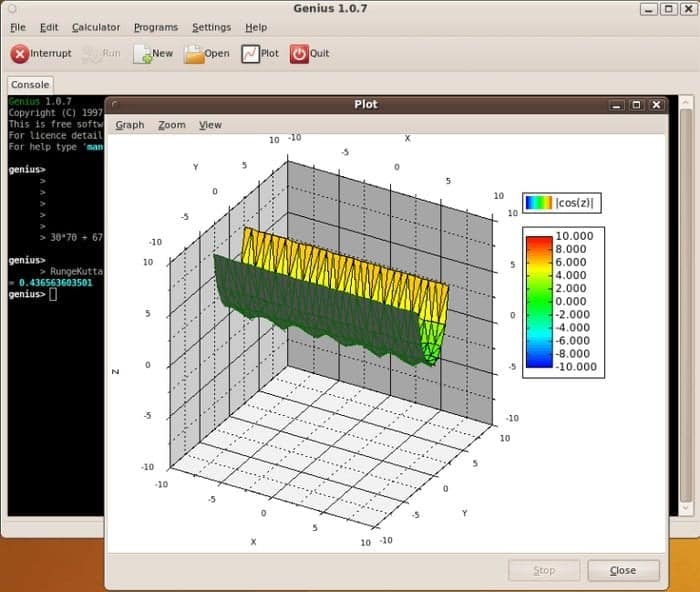

In the following sections, we will examine how technology can connect the tactical and strategic elements of war such that it can act as a faithful servant of a warfighter in his journey of handling the nuanced uncertainty of war during combat. A structure that allows the blending of the two-science that elevates, as well as learns from, art-is the goal that the battlespace technology design should aim to achieve. Fuller, but science also stagnates without art pushing the boundary, turning chance into opportunities. “Lack of science leads to chaos in art,” remarked J. The design of the technology should be firmly rooted in the science of war, such that warfighters can freely dive into the realm of chance knowing the foundation is secure. In this paper, we will discuss how technology could serve as a vehicle for theory-one that could be used to find the scientific structure in chaos that leads to freedom in the execution of military art. Because technology is a tool humans use to wage war, no study of battlespace technology can be complete without diving into the way humans interact with technology in a chaotic combat environment. Carl von Clausewitz in a letter to Marie

I myself look forward to this day as I would to my own wedding day. The day after tomorrow…there will be a great battle, for which the entire army is longing. To earn you freedom, the seven pillared worthy house,

This unique form of technologically-augmented introspection can drive innovation and discovery at an accelerated pace, pushing the boundaries of what is possible in scientific research, artistic creation, and philosophical inquiry.I loved you, so I drew these tides of men into my handsĪnd wrote my will across the sky in stars The result is a synergistic relationship that amplifies the human capacity for introspection by providing new conceptual pathways and unexplored terrains of thought. It's as if one has immediate access to a multi-disciplinary team of experts, each contributing their unique viewpoint to create a composite, multi-faceted understanding of the subject at hand. In this collaborative dialogue, the language model doesn't simply answer questions or provide recommendations it provokes new lines of inquiry, identifies gaps in reasoning, and even challenges preconceived notions. Powered by machine learning algorithms that train on vast datasets, they act as an externalized form of our own cognitive processes, mimicking the complex associations and nuanced reasoning that the human mind engages in. These models serve as dynamic interlocutors in an enriched dialogue with human thought, capable of synthesizing information from disparate domains to offer fresh perspectives. The role of large language models as cognitive catalysts in modern introspection extends far beyond mere data retrieval or language translation.

Large Language Models as Cognitive Catalysts In this sense, Einstein's intellectual solitude, fostered through his thought experiments, became the crucible for ideas that would forever alter our understanding of the physical world. Einstein's approach epitomizes the power of introspective thinking to push the boundaries of human understanding, enabling him to arrive at revolutionary conclusions without the immediate need for empirical validation. One of his most famous thought experiments involved imagining riding a beam of light, a mental exercise that eventually led to the formulation of his theory of Special Relativity. This form of introspection allowed him to grapple with incredibly complex concepts such as the nature of space-time, the effects of gravity, and the relativity of motion. Unlike conventional experiments conducted in a laboratory, Einstein's thought experiments were carried out entirely within the recesses of his mind. Albert Einstein, one of the most transformative figures in the history of science, made extensive use of thought experiments-mental simulations of physical scenarios-to probe the very fabric of the universe.


 0 kommentar(er)
0 kommentar(er)
